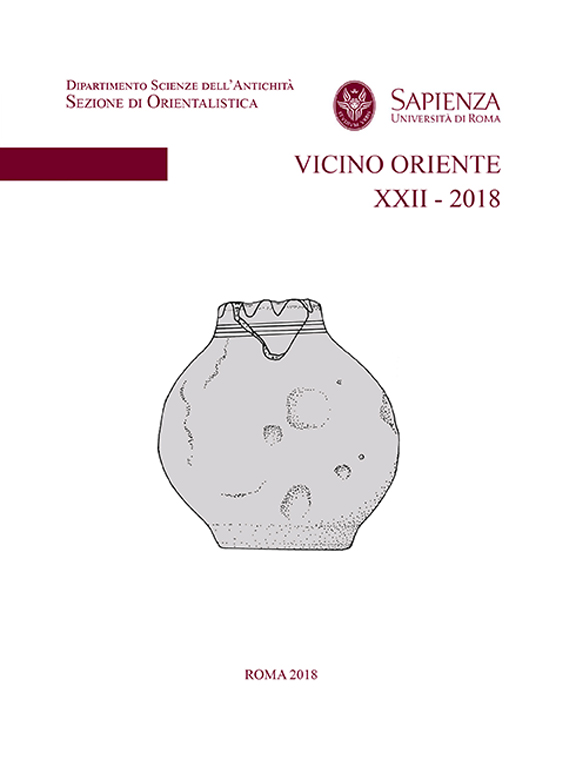Abstract
Pomegranate remains and representations found in the Phoenician site of Motya in Western
Sicily give the cue for a summary study of this plant and its fortune in the Near East and the
Mediterranean. Fruits offered in wells, a terracotta relief depicting a pomegranate held by a goddess
found in the Sacred Area of the Kothon at Motya, and, especially, a pottery vase in the shape of a
pomegranate retrieved inside the Temple of Astarte in the same compound, witness the symbolic
transcultural role of this fruit and of the pomegranate tree in ancient Mediterranean, from its farthest
oriental origins to modern art and religion.

This work is licensed under a Creative Commons Attribution-NonCommercial-NoDerivatives 4.0 International License.
Copyright (c) 2023 VICINO ORIENTE

